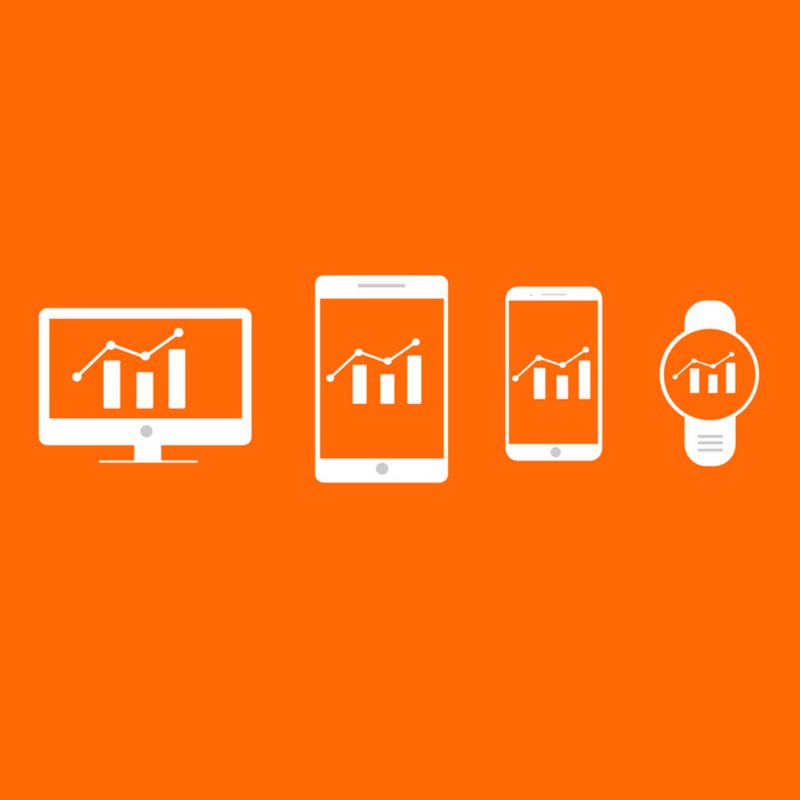Note: this is a cross-post from our Google Ads website.
Your customer finds your website by clicking on a Google Search ad. He visits the website, has a look around, considers his options and leaves. A week later, he returns to your website by clicking a link on your Facebook page and browses the about us page. That very same day he visits your website again by directly typing in the URL and finally makes a purchase.
Job well done! But now comes the tricky bit. How do you accurately credit your sale?
In any given day, your customer might have a dozen interactions with your business through search, display, video, email, social, apps and more. These interactions also take place on multiple devices, making it even more difficult to measure the performance of different marketing strategies.
What is attribution?
This is crediting the sale (or conversion) to a marketing source. The general default and therefore most common is last click attribution.
What is last click attribution?
The most commonly used attribution model in digital marketing is the last click attribution, where the credit for the sale or conversion is given to the customer’s last touch that precedes the conversion. In the above example, typing in the URL, or the direct channel would receive all the credit for the sale as it was the last touch the customer made with your business before making the purchase.
What’s wrong with last-click attribution models?
While this model is useful for an overall understanding of what they did directly before converting, it does not account for how they first heard of the product or advertising that influenced their decision on the way. This can lead you to make decisions that might hinder your campaigns when analysing the performance of the various channels. With the same previous example, you might believe your Google Search ads and Facebook content
This can lead you to make decisions that might hinder your campaigns when analysing the performance of the various channels. With our example, you might believe your Google Search ads and Facebook content were not performing due to the lack of conversions, without realising that those ads were integral in their decision-making process.
So how can I understand the contributions of upper and mid funnel advertising efforts?
This is what we’re most excited about – Google’s latest solution, Google Attribution, is a free tool for examining conversion actions across various channels and tracking the multiple points of contact.
By integrating Google Analytics, Google Ads and DoubleClick Search, Google Attribution aims to examine the full customer journey in making a purchase instead of just looking at the last-click model. By also automatically assigning a weighted value to each customer touch point leading to the purchase, the tool will help marketers understand the effectiveness of ad dollars across all the different channels and devices.
How does Google Attribution work?
The data-driven attribution tool uses machine learning to understand how each touch point increases the likelihood of conversions given a sequence of exposure, and by using custom probability modelling, it assigns a conversion credit value to each touch point. So basically, through very complex algorithms.
For those complex algorithms to work, Google Attribution needs sufficient data to conduct the modelling. Each account needs to have at least 15,000 clicks and a conversion action with at least 600 conversions within 30 days.
Since Google Attribution is still currently in beta, it is hard to compare it to other data-attribution tools, but with Google touting its ease of use, integration capabilities and zero cost, it’s hard not to get excited. It is expected to have a wide release later this year while the paid enterprise version, Google Attribution 360 is still available.
Click here to find out more about Google Attribution and its features.

